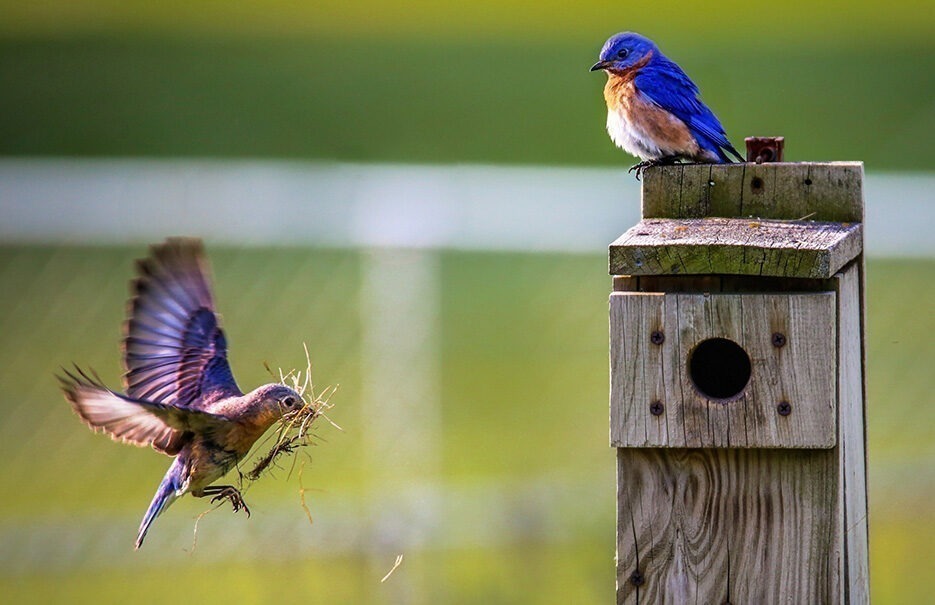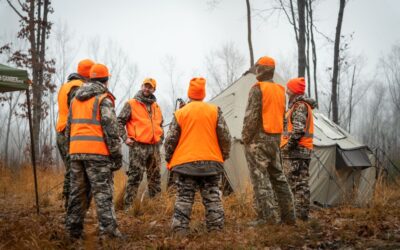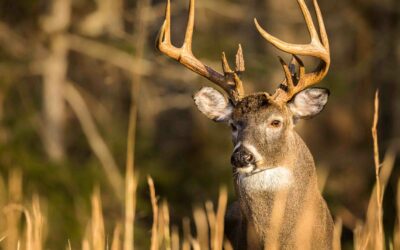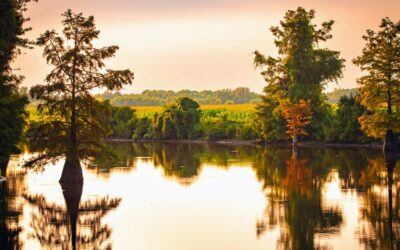As the days grow longer and the temperatures rise, our fine feathered friends begin courting and looking for a place to nest. Many people enjoy helping cavity-nesting species—bluebirds, chickadees, titmice, tree swallows, wrens—by providing them with bird houses. Here a few tips to make this process go as smoothly and successfully as possible.
First, be sure to use a house that is suitable for the species you wish to attract.
Select a box with a hole that is sized correctly for the kind of bird you want. For example, if you want to encourage chickadees you’ll have to choose a box with a smaller hole than you’d pick for bluebirds. Give tree swallows an edge against house sparrows by selecting a box with a wide and narrow opening.
Second, nesting cavities are often in short supply in nature, so if you put out a nest box there’s likely to be competition for it.
You can lessen the fighting by putting out multiple boxes, spaced out in your yard. I have four—one for chickadees, one for tree swallows, and two for bluebirds—and they all get used with minimal conflict.
Third, give them protection.
Nestlings make a tasty snack for raccoons, squirrels, crows, snakes, and other predators. You can help nestlings survive by using a pole with a baffle on it. I’ve had good success using the APS 6’ Bluebird Pole w/Flange from Wild Birds Unlimited and placing a wrap-around baffle on it.
The spring courting season for our bird friends is always an exciting time—for both the birds and for us. Watching their dramas unfold is a sure sign that spring is just around the corner. And it’s nice to know that we’ve played our own part in the show by providing suitable stages for the stories to play out.
By Tony Lance, Certified Wildlife Habitat Naturalist




